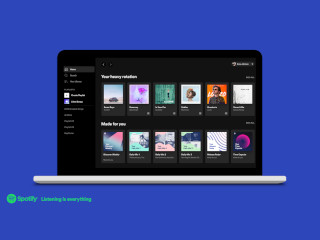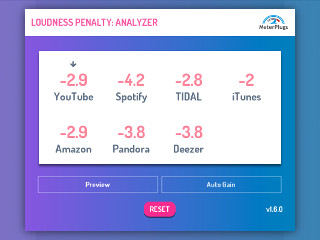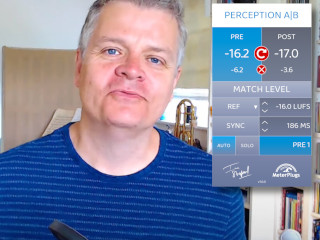We’ve all been there, sitting on the couch, watching TV late at night, when all of a sudden… the loudest commercial ever made interrupts to sell us “Bam! Bam! Easy-Off Bam! Spray it on and look at that shine!” You nearly fall off the couch, jumping for the remote to turn it down. The dog starts barking. The telephone rings - it’s the neighbours. Ugh…
The CALM Act
Loud commercials were a leading category of complaints received by the FCC. I say were because the Commercial Advertisement Loudness Mitigation (CALM) Act, which regulates the loudness of commercials, came into effect in December, 2012. It essentially bans loud commercials in the United States. Similar regulations exist in other countries.
The CALM Act requires broadcasters to follow recommendations in ATSC A/85. That is the Advanced Television Systems Committee’s “Recommended Practice: Techniques for Establishing and Maintaining Audio Loudness for Digital Television.”
The purpose of ATSC A/85 is to ensure consistent playback levels across channels, programs and commercials. To that end, it requires that content be loudness-normalized by broadcasters. The loudness of each piece of content is measured, the measured value is stored in metadata (dialnorm), and the metadata is used to adjust the playback level. Think of it as automated volume control.
Dynamic Range Control
With Digital Television (DTV), it is also possible to automatically control dynamics. This is useful in situations where high dynamic range content may not be suitable for the listening environment, either because the playback system doesn’t have sufficient gain or because you don’t want to wake up your neighbours! In these cases, the signal decoder can apply Dynamic Range Control (DRC), essentially compression and limiting. The nice thing about DRC is that it’s user-selectable. The high dynamic range signal is transmitted and is optionally compressed / limited on the listener’s end rather than at the source.
Measuring Loudness
At its heart, ATSC A/85 requires that loudness be measured using ITU-R BS.1770-3, the modern replacement for VU and PPM meters. A/85 describes how different types of content should be measured: live vs. finished, long vs. short, etc. For example, short content should be measured in its entirety using BS.1770. On the other hand, for long-form content, BS.1770 should be used to measure a representative segment of the “anchor element.” Typically this will be a section of dialog.
The “Comfort Zone”
A/85 also describes a so-called “Comfort Zone,” the range of loudness deviation that the average listener will tolerate. For example, an increase in 2.4 dB is noticeably louder, but acceptable, while an increase in 5.6 dB causes the listener to want to turn the volume down. Meanwhile, a decrease of -5.4 dB is noticeably quieter, but acceptable, while a decrease of -10.2 causes the listener to want to turn the volume up. So, there is more tolerance on the “quieter” side than on the “louder” side.
So, are loud commercials a thing of the past? Not quite, since the FCC still regularly receives complaints about them. However, we certainly seem to be moving in the right direction with standardized loudness measurements and regulation in place. There are likely still tweaks that need to be made: what should the maximum short term loudness and maximum momentary loudness of a commercial be? But the framework is in place, and as we gather more data, we can iterate and improve.
What has your experience been like creating content for broadcast? What was the transition to BS.1770 like? Any pain points along the way?






